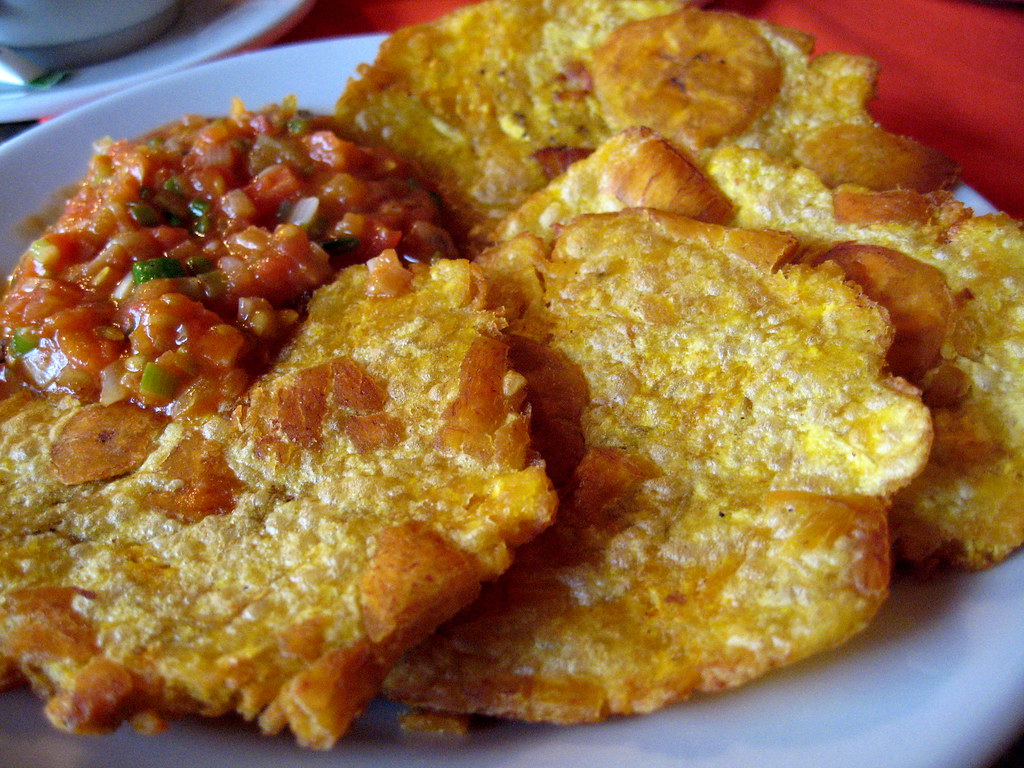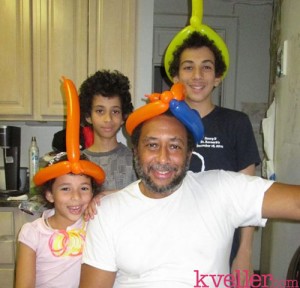Pamela Ehrenberg’s multicultural children’s book Queen of the Hanukkah Dosas is hitting the shelves just in time for the holiday season. Be’chol Lashon caught up with the author to learn more about the newest book and her hopes promoting #WeNeedDiverseBooks for children.
There are already many children’s books for Hanukkah. What makes this book stand out?
This is a book about an Indian-Jewish family at the holidays. Part of what makes it special is how it doesn’t hit readers over the head with its specialness. It does, of course, join a growing list of Jewish books that reflect the diversity we see in our synagogues, camps, and schools — rather than a whitewashed version that reflects only the subset of Jews who may have felt welcome in these institutions 30 years ago. But it’s also about a big brother learning to cope with (and appreciate!) an annoying younger sibling — a reminder that families of all backgrounds experience the full range of joys and challenges, and that books about multicultural characters don’t need to be limited in scope. The book is careful not to specify which characters are or aren’t Jewish; of course, there are many Indian Jews, so we don’t know (or need to know) whether this particular family is interfaith as well as multicultural.
What inspired you to write a multicultural Jewish children’s storybook?
At my synagogue, Tot Shabbat makes space for everyone to jump in with both feet, sing with all vocal chords, and participate in every aspect of their fullest selves. Not coincidentally, Tot Shabbat is also by far the most diverse part of my Conservative synagogue in Washington, DC. And the more time I spent with the diverse Tot Shabbat families, the more I wanted assurance that every family could see themselves in the pages of Jewish children’s books.
Why focus on dosa?
I did a cooking experiment with my kids and we reflected that making dosas reminded us of frying latkes for Hanukkah, which led to an idea for a board book series celebrating the many different foods that can be part of families’ celebrations of Jewish holidays.
How did you navigate the cultural complexities of being a white Ashkenazi Jew writing about Indian food and family?
I was fortunate that PJ Library which provides Jewish books for families around the country (and internationally!) liked the manuscript and helped me work it through for an older audience. When Farrar Straus & Giroux signed on, PJ Library encouraged them to identify an illustrator of Indian background—which led us to the wonderful Anjan Sarkar. And while this pairing of a Jewish-but-not-Indian author with an Indian-but-not-Jewish illustrator isn’t a perfect match for the story’s main character, who is both Jewish and Indian, it represents a good-faith effort to offer readers as authentic an experience as possible.
What do you imagine for the future of diversity in Jewish children’s books?
It’s such an exciting time right now: we’re midway between previous generations in which multicultural Jewish families did not always find a home in Jewish institutions, communities, and books and a someday-place where the diverse Tot Shabbat tots will grow up to tell their own stories, in all of their varied and authentic experiences.
For now, we are in between: we have seen the urgent need for all of our children to see themselves in Jewish books. Our job, as Jewish adults of every ethnicity and background, is to do the best we can for all our children, while preparing them to ascend to even greater heights when their turn arrives soon.
Bonus
Discussion questions from Be’chol Lashon: This book highlights a multicultural Jewish family and affords every family the opportunity to think about their own experiences of Hanukkah. There have been Jewish communities in India for thousands of years, according to tradition, the first Jews who came to India were sent by King Solomon in biblical times. Today there are Indian Jews not only in India but in Israel, the United States, England and Canada. Some Indian Jews trace their Jewish back thousands of years, while others bring a combination of Jewish and non-Jewish ancestry to their experience.
How are the foods that your family eats at Hanukkah the same or different than those in the book?
How is the family in the book different or the same as your family?
How does the way your family celebrates the holidays the same or different than the way the family celebrated in the book?
What lesson do you think that the brother learned in this story?







